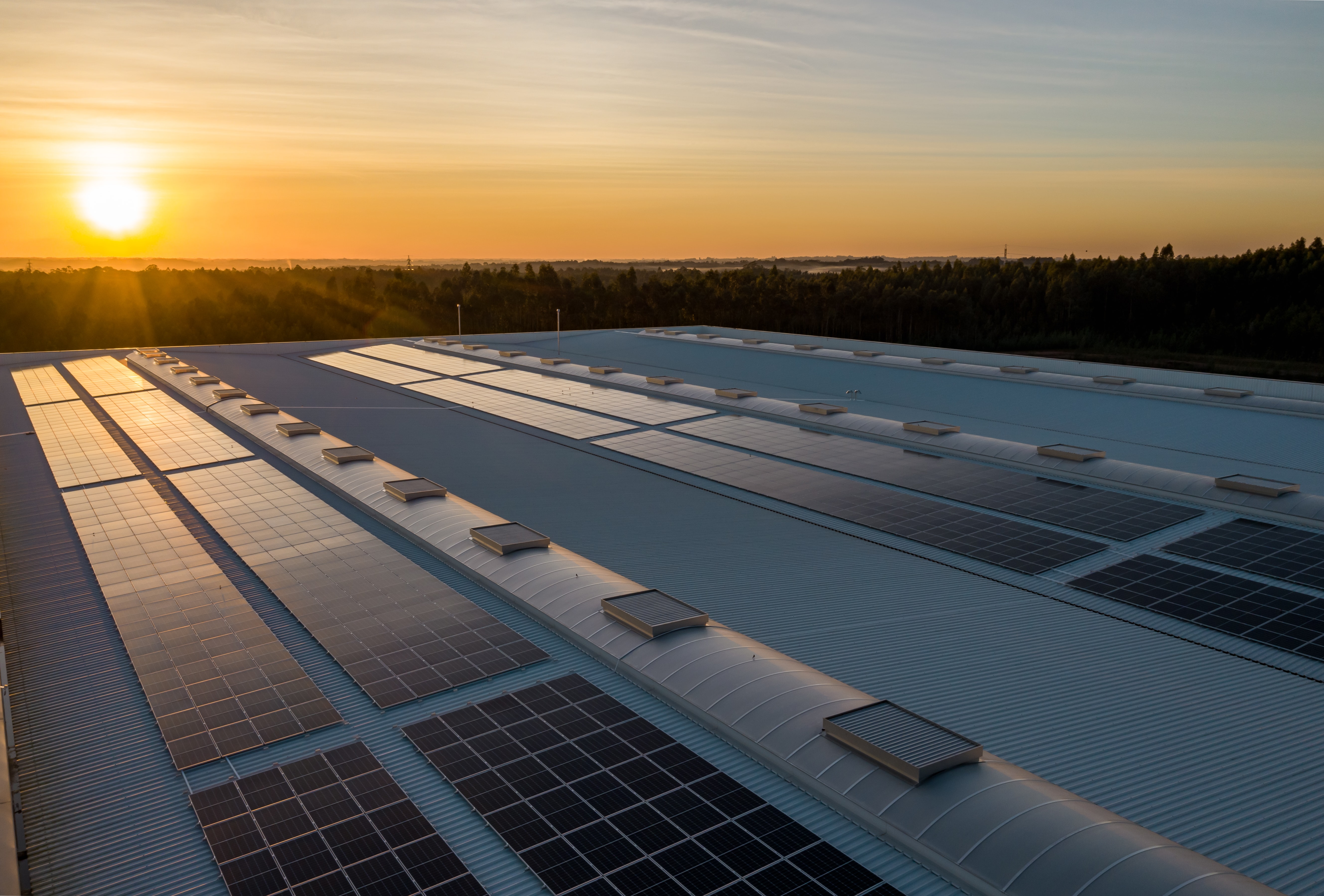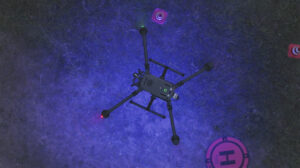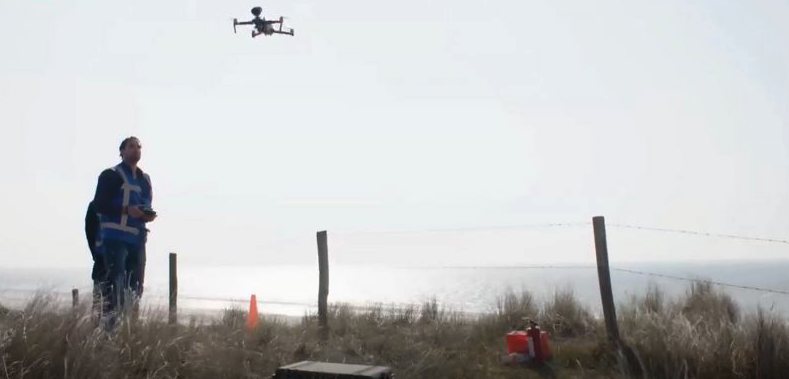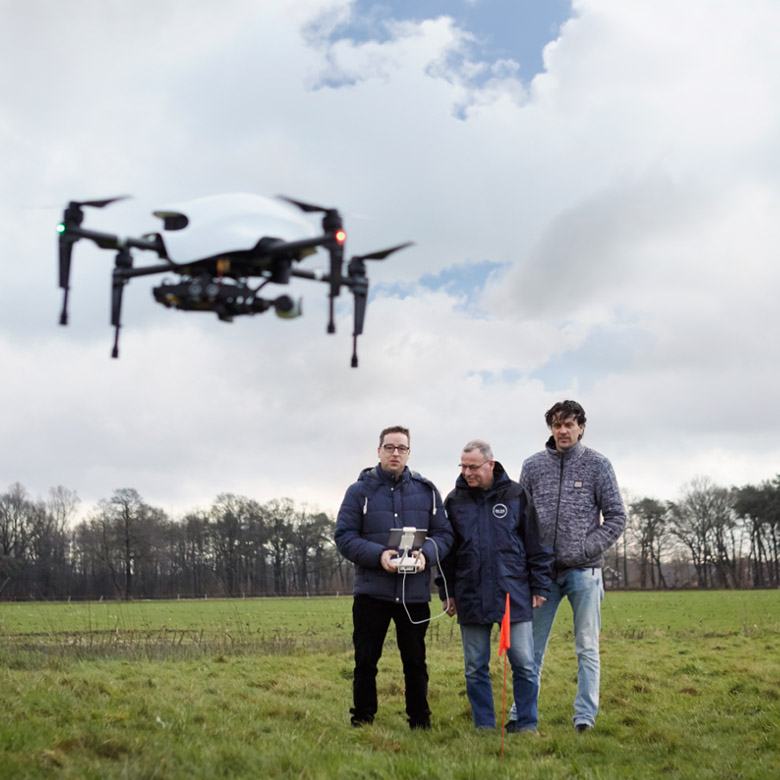PV inspection
- Posted on
- By Dronestars
- In Customer case

In this case study, we explore the world of PV (photovoltaic) inspections. The advantage of inspecting solar parks in this manner over a regular inspection is that the collected data allows you to identify various defects more quickly and efficiently. This inspection method is especially suitable for delivering a solar park, just before the expiration of a warranty period, or for annual regular inspections.
The solar park inspected in this case consisted of 10,000 solar panels. The flight time for inspecting a solar park of this size is between 25-30 minutes. With this inspection, we can show which solar panels are not performing optimally. After cleaning/repair, the solar panels can, in many cases, yield several thousand euros more, depending on the size of the park.
To make a good comparison, we tested the following equipment:
- DJI M300 with the H20T camera
- DJI M300 with the XT2 camera
- DJI Mavic 2 (3) Enterprise Advanced
It turned out that the H20T and XT2 are quite similar and both have unique features that are useful for inspecting solar panels. We find the DJI Mavic 3 Thermal less suitable mainly because of the 9mm lens, which requires you to fly much lower over the panels, taking more time, and its RGB camera has a lower resolution than the H20T and XT2, making defects less noticeable.
The various defects we can detect with the software are:
- Physical damage
- Defect & degradation at the cell level
- Poor diodes
- Strings or modules offline
- Contamination
- Potential PID
- Reverse polarity
- Storm damage
- Shadow
- Vegetation (affecting panels)
When these defects are identified, it means energy loss, which ultimately translates to a loss in yield that can be expressed in monetary terms.
If you have any questions following this case or are interested in seeing if this is also interesting for your company, we would be happy to discuss it further with you.
More blogs
About Dronestars
Analysis, advice, drones, training, manuals, inspections, software, implementation support DroneStars offers it all. This is how we fulfill our mission to safely integrate drones into business services, industry, and government. We aim to contribute to our clients’ success.





